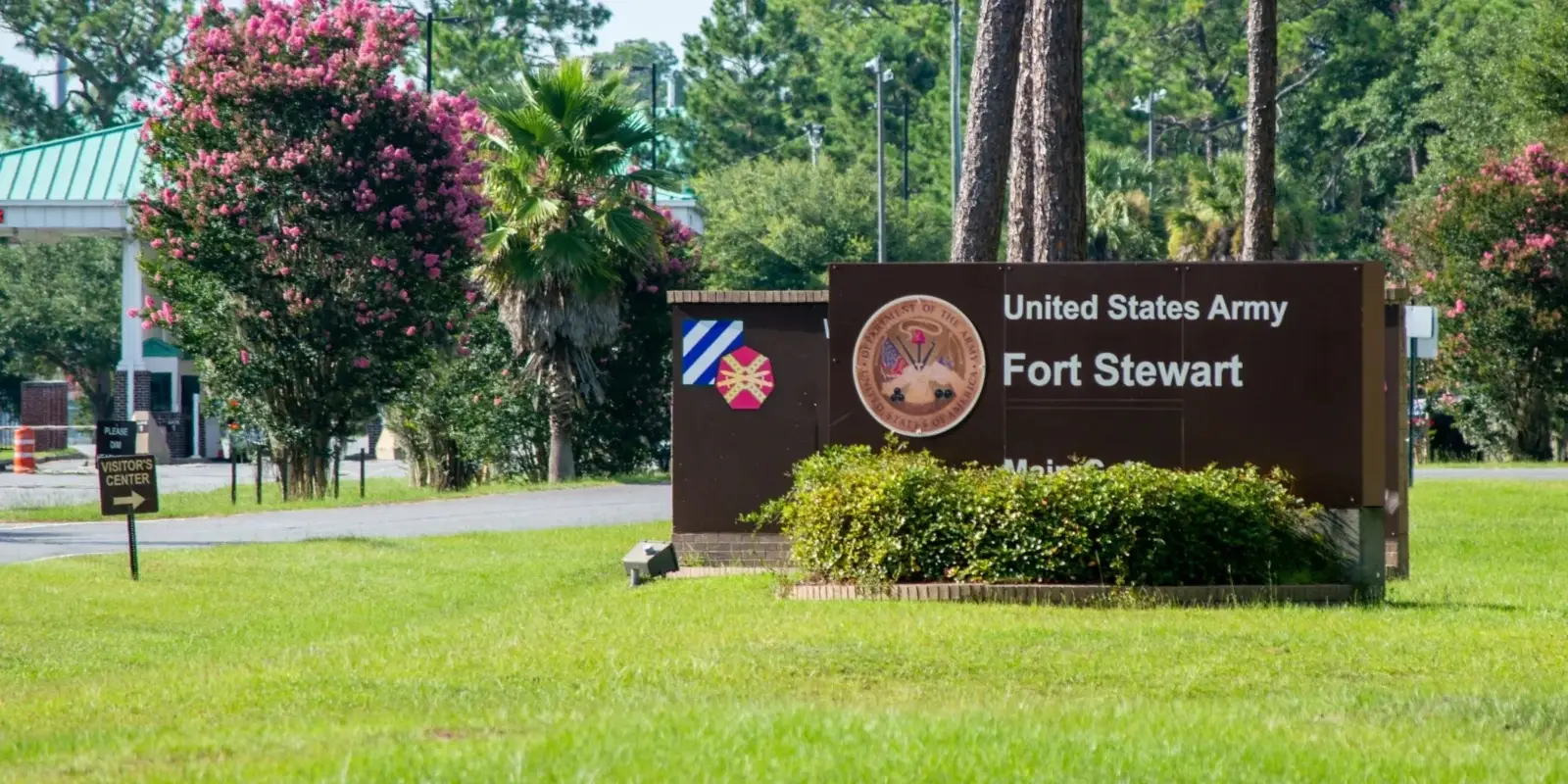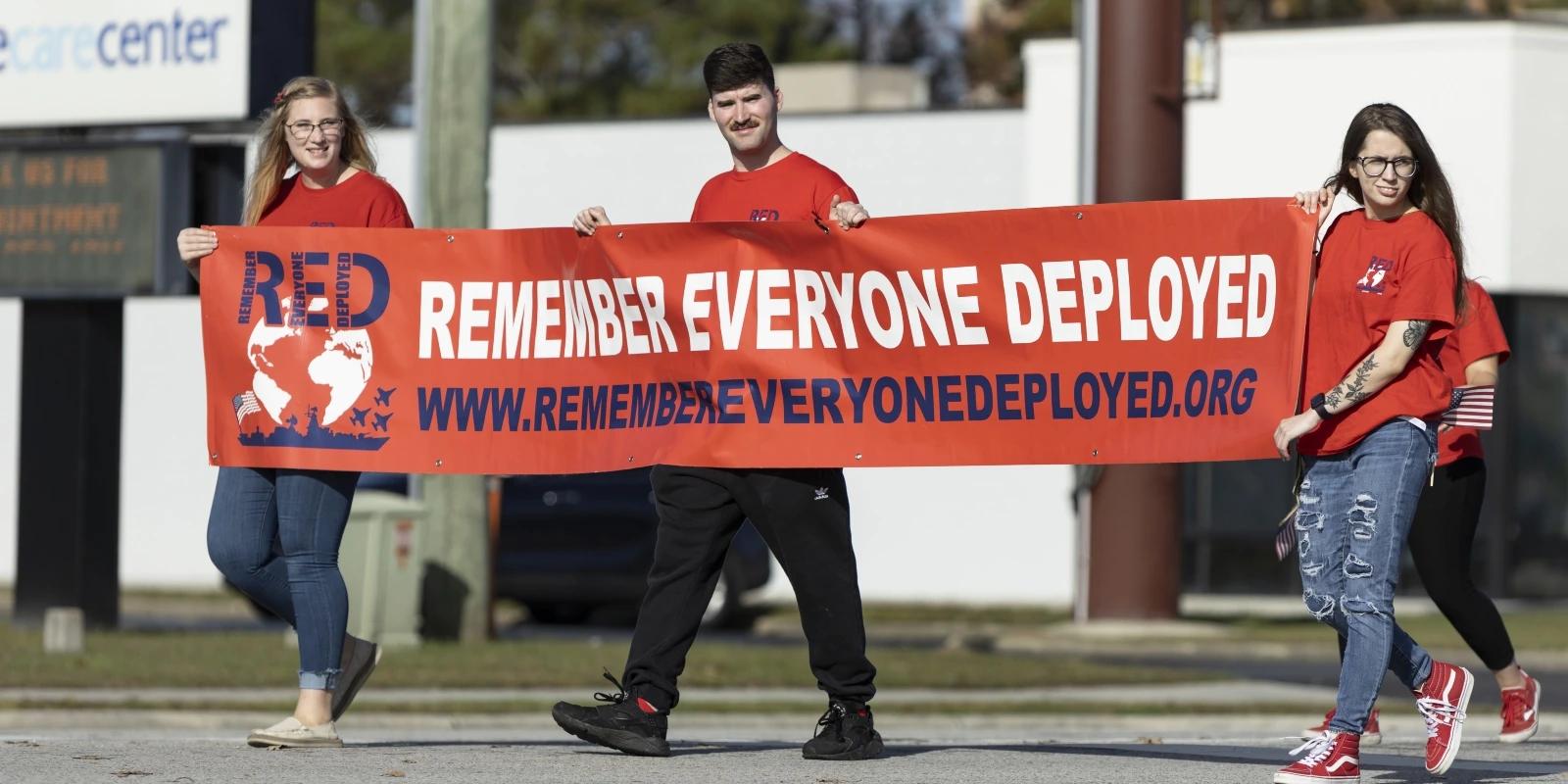On Wednesday, August 6th, a US Army sergeant walked into a maintenance facility at Fort Stewart, Georgia, and opened fire with his personally-owned 9mm Glock handgun.
But this terrible event that could have potentially ended in unimaginable tragedy instead ended with a handful of minor injuries thanks to the courage of the troops on the scene.
The aftermath of the Fort Stewart shooting, with it being a recent event, continues to unfold. But here is what we know as of the start of this week on what happened, why it happened, who the shooter is, and how brave men and women on the scene ended the attack and saved the lives of their comrades.
How the Fort Stewart Shooting Occurred
A few minutes before 11am on the 6th, Sergeant Quornelius Samentrio Radford, an automated logistical specialist with the 2nd Armored Brigade Combat Team, followed a fellow soldier he’d recently argued with into the building they both worked in and opened fire.
He managed to wound five people before several others tackled Radford, wrestled him to the ground, and restrained him.
Military police soon arrived and took the shooter into custody while the wounded were taken to the nearest emergency room, and all were pronounced in stable condition.
Who is the Fort Stewart Shooter?
Sgt. Radford joined the Army in 2018 and spent his entire time in service in the United States.
The motives behind his decision to shoot his fellow soldiers remains unknown, though there is much speculation over possible factors that led to his attack.
Shortly before the shooting, he sent a cryptic text to a family group chat that included the phrases, “I just want y’all to know that I love y’all, and I tried my hardest to be the best I could be” and “My time is slowly coming to an end. I choose my destiny and my faith. I might not be with my mama, but I’m gonna be in a better place.”
He was arrested back in May for drunk driving. His family members told news outlets he’d been seeking a transfer to another base to escape unspecified racist treatment he’d faced at Fort Stewart. And a stuttering condition was the source of severe bullying throughout his years of service.
But despite all that, many of his coworkers and friends describe him as friendly, even goofy, and expressed extreme shock over what he did.
The Army, who have Radford in custody, have not released any details of what he may have said to investigators since his arrest. So there’s no telling if any of the aforementioned issues played a role in his decision to commit such a heinous crime against his comrades in arms.
The Soldiers Who Stopped the Shooter
While there’s no doubt there are dozens of personnel at Fort Stewart who played vital roles in the response to the shooting, six in particular have been recognized as going above and beyond:
- Sergeant Aaron Turner, an automated logistical specialist, was the first to tackle the shooter.
- Master Sergeant Justin Thomas, a senior maintenance supervisor, assisted Turner in subduing and restraining the shooter.
- First Sergeant. Joshua Arnold, another senior enlisted maintenance supervisor, rendered first aid to the wounded
- Staff Sergeant Melissa Taylor, a career counselor, helped to secure the scene and care for the wounded.
- Staff Sergeant Robert Pacheco and Sergeant Eve Rodarte, both combat medics, provided medical care to the wounded, ensuring their survival.
All six of these courageous individuals were unarmed at the time, as most personnel are when on a US military installation, but leapt into action regardless.
For their bravery and quick thinking, Secretary of the Army Dan Driscoll awarded all six soldiers the Meritorious Service Medal.
The Aftermath of the Shooting
The Army has not released the names of the wounded or details about their injuries, but at least three have already been released from the hospital.
With the motive for the Fort Stewart shooting still unknown, speculation over Radford’s reasoning will likely continue at least until his inevitable court martial.
And while a lack of answers in a situation like this is certainly frustrating, at least we can take solace in the fact that no lives were lost thanks to the courage of six valiant men and women of the US Army.
Update - Official Charges and Further Details Revealed
Six days after his attack on his fellow soldiers, Sergeant Radford stood wearing his uniform and shackles in a military courtroom on Fort Stewart to hear the charges against him: six counts of attempted murder, six counts of aggravated assault, and one count of domestic violence.
That last charge came about because, as a spokesperson for the Army’s Office of Special Trial Counsel (OSTC) explained, one of the wounded soldiers was Radford’s “intimate partner.” That fact was one of several that came to light as a result of the accused’s first hearing in court.
Additionally, it seems he shot at not just the five he hit but six of his comrades (hence six counts of the first two charges and he deliberately targeted two of those shot. More specific details or reasons behind Sgt. Radford’s motives remain unclear.
Cameras were not allowed in the courtroom during the August 12th hearing, but reporters were on hand to document the proceedings. Radford said little, though his defense’s request for a release to allow for mental health treatment was denied. Several of his victims attended in order to make statements, one of whom told Radford, “I hold no hatred” and paraphrased a Bible verse, saying “Forgive as you have been forgiven.”
Another victim tearfully repeated the phrase “I’m not mad at you” to Radford while leaving the courtroom. Despite their forgiving attitudes, they did also express their belief that the shooter should remain behind bars.
With the initial hearing complete, Radford will be confined in the brig at Joint Base Charleston in South Carolina. The next step in military criminal procedure is for the Army to hold a preliminary hearing, and if the officer overseeing that believes there is enough evidence to support the charges, they send a report to the OSTC. It is that office that then decides to proceed with a full court martial. If convicted of any of the attempted murder charges, Radford could face a life sentence, the maximum penalty for such a crime allowable under the Uniform Code of Military Justice.
Suggested reads:




